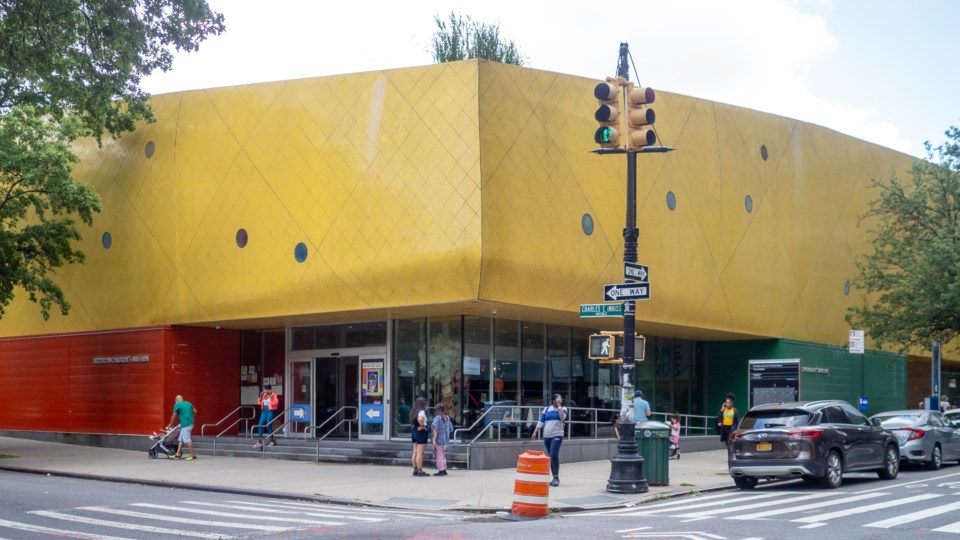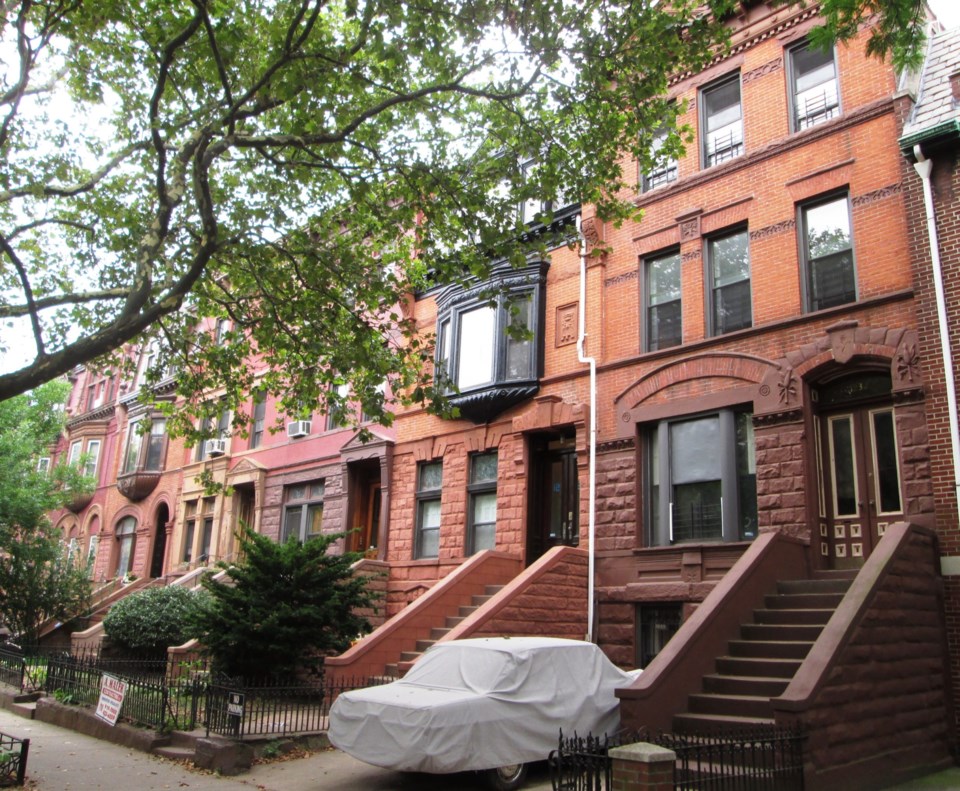Crown Heights, located in central Brooklyn and the fraternal twin sister of Bedford Stuyvesant, holds a rich and multilayered history that is alive today in neighborly love and the area's stunning architecture.
Built over the 19th and 20th centuries, the remarkable designs of its brownstones and limestone town homes remain an unmissable feature of the neighborhood for anyone with the good fortune of walking its streets.
The Crown Heights North Historic District boast more than 450 buildings, including single and two-family row houses and apartment buildings. The historical architectural designs of these buildings tell the history of Crown Heights and give the suburb its unique character.
The neighborhood has a rich religious landscape, with churches including St. Bartholomew's Church, Union United Methodist Church, mosques, and synagogues. Notably, the area is home to the Chabad-Lubavitch Hasidic community, contributing to its diverse religious fabric.
Crown Heights is also known for its cultural richness and bucolic vibe. Families love visiting the Brooklyn and Jewish Children's Museums.
Beautiful, tree-lined Eastern Parkway is a major thoroughfare that crawls right through neighborhood's center. The boulevard, designed by Frederick Law Olmsted and Calvert Vaux, is host to the annual West Indian Day Parade. The Weeksville Heritage Center has preserved Black history and homes from the 19th century. In the western edge, there's the Brooklyn Museum and Brooklyn Botanic Garden.
What's not to love?

According to the Crown Heights Historic Districts Council, the area north of the parkway was called Bedford until the 20th century since Crown Heights was considered part of Bedford-Stuyvesant, which borders the neighborhood to the north.
With Prospect Lefferts Gardens to the south, Brownsville to the east, and Prospect Heights to the west, the area gives residents easy access to these neighborhoods while maintaining their independent identity.
Did we mention that Crown Heights is a melting pot, a rainbow nation of rich and diverse cultures and ethnicities?
According to New York City's demographic conditions data, the area's population is about 123,000. 1.5% of the population identifies as Asian, 78% identifies as Black, 9.8% is Hispanic, 7.8% identifies as white, and 3% identifies as mixed race.
The rich diversity is reflected in the neighborhood’s architecture, cultural events, art scene, businesses and religious institutions.
Art exhibitions in the Brooklyn Museum alone can keep you entertained for days. Recent example is an exhibition of modern art owned by Alicia Keys and her husband Swizz Beatz. However, we encourage you to expand your artistic and entertainment pallet with all the flavors this neighborhood offers.
Like Bed-Stuy, and its other bordering neigbhorhoods-- Propsect Heights and Flatbush and East New York-- the housing market in Crown Heights has experienced gentrification, which has impacted the socioeconomic dynamics of the area.
The median sales price for a home in the area is now $1.1 million as of April 2024, while median rent is said to be $3,000, according to StreetEasy.
The neighborhood continues to evolve with a mix of old townhouses, apartment buildings, and free-standing houses, giving aspirant homeowners and renters various options.
Moving around the neighborhood is easiest if you live close to Eastern Parkway. Available are the 3/4, the 7th Avenue Express and the IRT Eastern Parkway lines.

